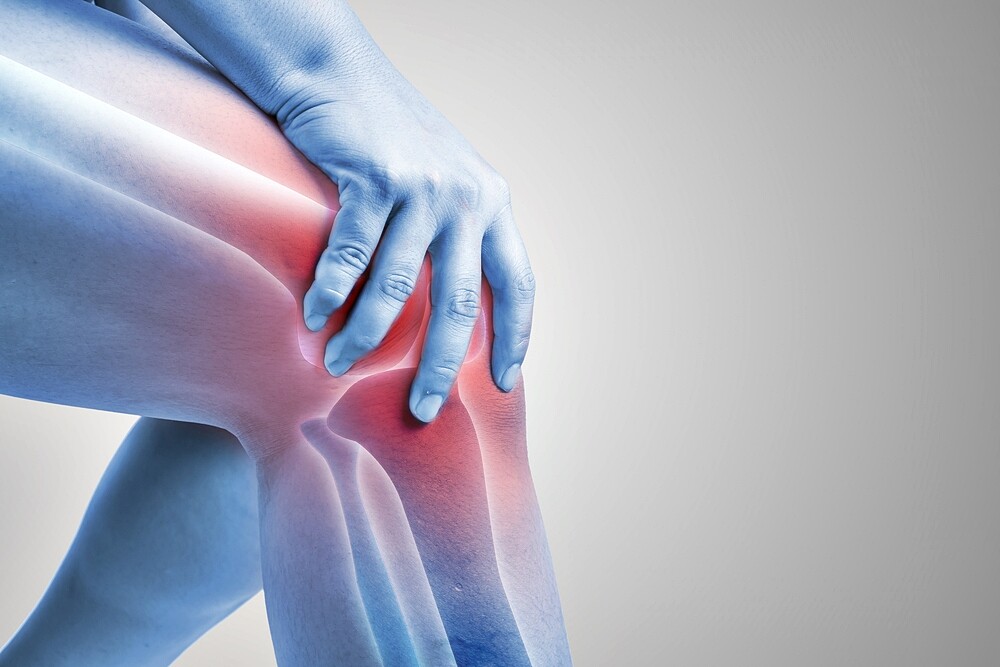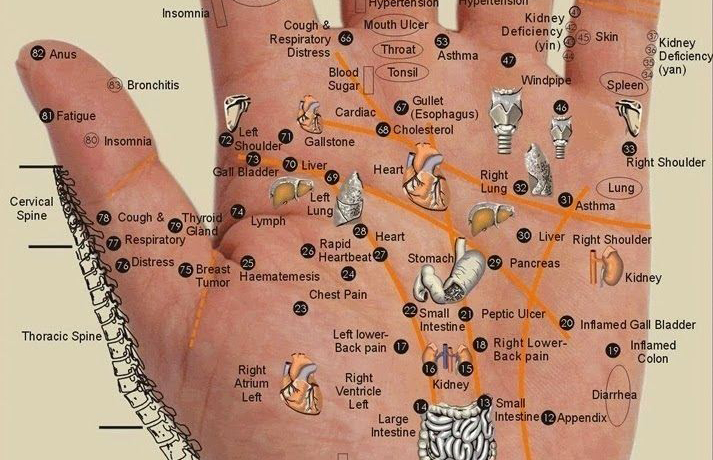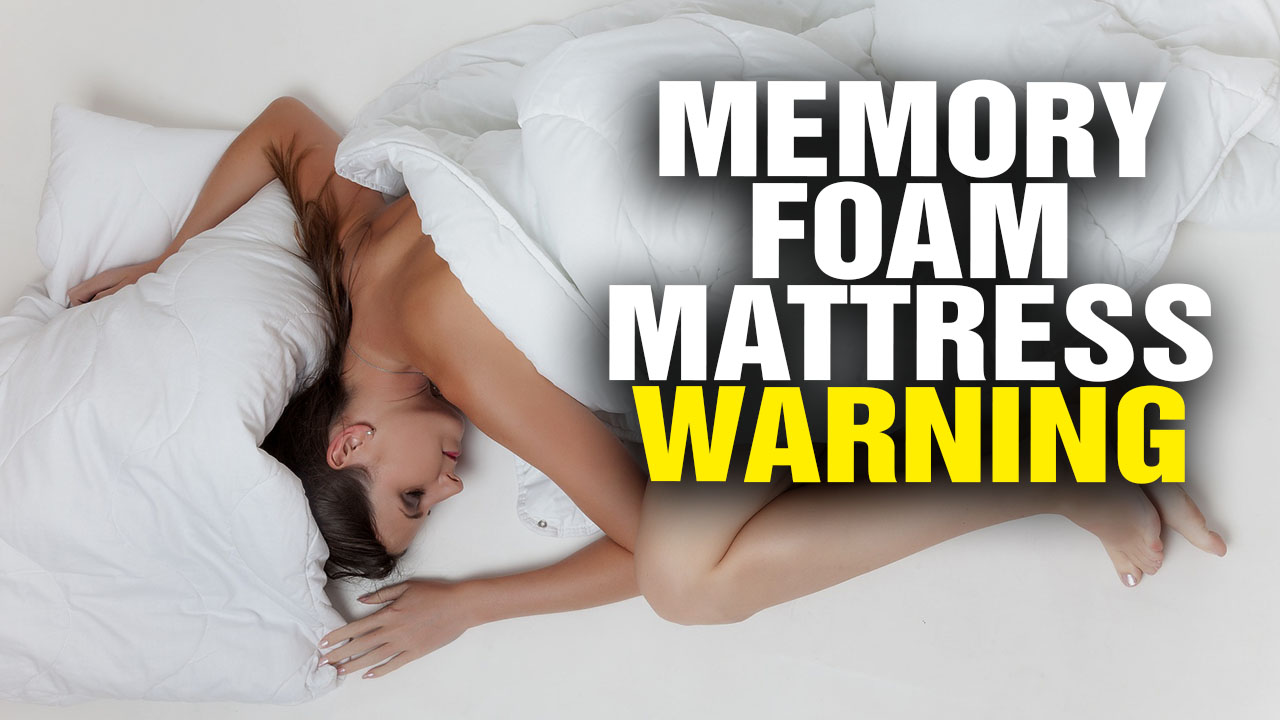Back Pain
Sleeping on an air mattress for an extended period of time can lead to back pain. This is because air mattresses do not provide the necessary support to keep the spine aligned. As a result, pressure points are created, causing discomfort and pain in the lower back. Mattresses with poor support or ones that are not properly inflated can contribute to this issue.
Neck Pain
Just like with back pain, sleeping on an air mattress can also lead to neck pain. Without proper support, the neck can become strained and uncomfortable. This can be especially problematic for individuals who already suffer from neck issues. The lack of proper support and alignment can cause neck muscles to become tense and overworked, leading to pain and stiffness.
Joint Pain
In addition to back and neck pain, sleeping on an air mattress can also cause joint pain. This is because air mattresses do not have the same level of cushioning and support as traditional mattresses. As a result, joints can become irritated and inflamed, leading to discomfort and pain. This is especially concerning for individuals with arthritis or other joint conditions.
Pressure Points
One of the main dangers of sleeping on an air mattress is the development of pressure points. Unlike traditional mattresses, air mattresses lack the ability to distribute weight evenly. This can cause certain areas of the body to bear more weight, resulting in pressure points. These points can become painful and lead to discomfort and limited mobility.
Increased Risk of Injury
Another danger of sleeping on an air mattress is the increased risk of injury. Due to their lack of support and stability, air mattresses can cause individuals to slip or fall while getting in and out of bed. This is especially concerning for older individuals or those with mobility issues. It is important to be cautious when using an air mattress and to have proper support and assistance when getting in and out of bed.
Uneven Support
Air mattresses are also known for their uneven support. This is because they rely on air chambers to provide cushioning, rather than layers of foam or springs like traditional mattresses. As a result, certain areas of the body may sink in more than others, leading to an uneven sleeping surface. This can cause discomfort and disrupt sleep, leading to fatigue and other health issues.
Deflation During Sleep
One of the biggest concerns with air mattresses is the potential for deflation during sleep. If the mattress is not properly inflated or has a leak, it can deflate throughout the night, causing the individual to sink into the mattress and disrupt their sleep. This can also lead to discomfort and pain in the morning. It is important to regularly check and maintain the inflation of an air mattress to avoid this issue.
Mold and Mildew Growth
Another danger of sleeping on an air mattress is the potential for mold and mildew growth. If the mattress is not properly cleaned and dried after use, moisture can become trapped inside, creating an ideal environment for mold and mildew to grow. This can lead to respiratory issues and other health problems if not addressed.
Chemical Off-Gassing
Many air mattresses are made with synthetic materials that can release harmful chemicals into the air. This process, known as off-gassing, can cause respiratory irritation and other health issues. It is important to research the materials used in an air mattress and opt for one that is made with safe and non-toxic materials.
Difficulty Getting In and Out of Bed
Lastly, sleeping on an air mattress can make it difficult to get in and out of bed. Without a sturdy and stable surface, individuals may struggle to find their balance and may even fall when trying to get up. This can be especially problematic for individuals with mobility issues or injuries.
In conclusion, while air mattresses may seem like a convenient and affordable option for sleeping, they come with their own set of dangers and risks. From back and neck pain to mold and mildew growth, it is important to carefully consider the potential consequences before choosing to sleep on an air mattress. For a better and healthier sleep, it is recommended to invest in a high-quality traditional mattress that provides proper support and comfort.
The Dangers of Sleeping on an Air Mattress

Is Sleeping on an Air Mattress Safe?
 When it comes to setting up a temporary sleeping arrangement, many people turn to air mattresses as a quick and easy solution. They are affordable, convenient, and can be easily stored when not in use. However, what many people fail to realize is that sleeping on an air mattress can come with its own set of dangers. While they may seem harmless, there are several factors to consider when choosing to sleep on an air mattress.
When it comes to setting up a temporary sleeping arrangement, many people turn to air mattresses as a quick and easy solution. They are affordable, convenient, and can be easily stored when not in use. However, what many people fail to realize is that sleeping on an air mattress can come with its own set of dangers. While they may seem harmless, there are several factors to consider when choosing to sleep on an air mattress.
Unstable and Unsupportive Sleeping Surface
 One of the biggest dangers of sleeping on an air mattress is the unstable and unsupportive sleeping surface it provides. Unlike a traditional mattress, air mattresses do not have a solid foundation, which can lead to back and neck pain, as well as discomfort while sleeping. This is because air mattresses are not designed to evenly distribute weight and support the body's natural curves. This can result in poor sleeping posture and potential back problems.
One of the biggest dangers of sleeping on an air mattress is the unstable and unsupportive sleeping surface it provides. Unlike a traditional mattress, air mattresses do not have a solid foundation, which can lead to back and neck pain, as well as discomfort while sleeping. This is because air mattresses are not designed to evenly distribute weight and support the body's natural curves. This can result in poor sleeping posture and potential back problems.
Inflation and Deflation Hazards
 Another danger of sleeping on an air mattress is the potential hazards that come with inflating and deflating it. Many air mattresses require a pump to be manually operated, which can be time-consuming and physically demanding. If not properly inflated, the mattress can become lumpy and uneven, increasing the risk of falls and injuries. Additionally, when deflating the mattress, there is a risk of getting caught in the deflation valve or accidentally puncturing the mattress, causing it to rapidly deflate and potentially causing harm.
Another danger of sleeping on an air mattress is the potential hazards that come with inflating and deflating it. Many air mattresses require a pump to be manually operated, which can be time-consuming and physically demanding. If not properly inflated, the mattress can become lumpy and uneven, increasing the risk of falls and injuries. Additionally, when deflating the mattress, there is a risk of getting caught in the deflation valve or accidentally puncturing the mattress, causing it to rapidly deflate and potentially causing harm.
Increased Risk of Mold and Mildew
 Air mattresses are made of vinyl, which is a type of plastic that is not breathable. This means that moisture from sweat and body heat can become trapped within the mattress, creating the perfect environment for mold and mildew to grow. Not only is this unpleasant and unhealthy, but it can also cause the mattress to deteriorate and become less supportive over time.
Air mattresses are made of vinyl, which is a type of plastic that is not breathable. This means that moisture from sweat and body heat can become trapped within the mattress, creating the perfect environment for mold and mildew to grow. Not only is this unpleasant and unhealthy, but it can also cause the mattress to deteriorate and become less supportive over time.
Conclusion
 While air mattresses may seem like a convenient and practical solution for temporary sleeping arrangements, they come with their own set of dangers. From unstable sleeping surfaces to inflation and deflation hazards, and even an increased risk of mold and mildew growth, it is important to carefully consider the potential risks before choosing to sleep on an air mattress. In the long run, investing in a quality traditional mattress may be a safer and more comfortable option for a good night's sleep.
While air mattresses may seem like a convenient and practical solution for temporary sleeping arrangements, they come with their own set of dangers. From unstable sleeping surfaces to inflation and deflation hazards, and even an increased risk of mold and mildew growth, it is important to carefully consider the potential risks before choosing to sleep on an air mattress. In the long run, investing in a quality traditional mattress may be a safer and more comfortable option for a good night's sleep.





















































































:max_bytes(150000):strip_icc()/identifying-mold-vs-mildew-4799138-final-4266e4b3d84c4401a7c1d8b6835dcc97.png)

































